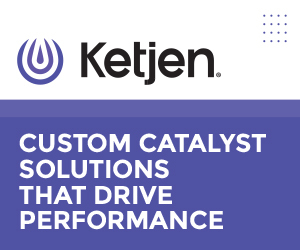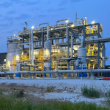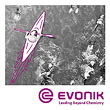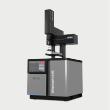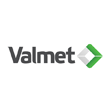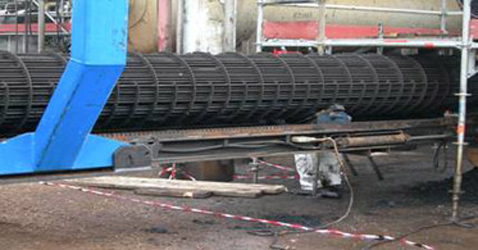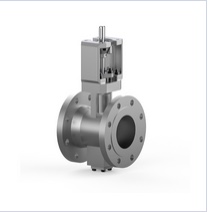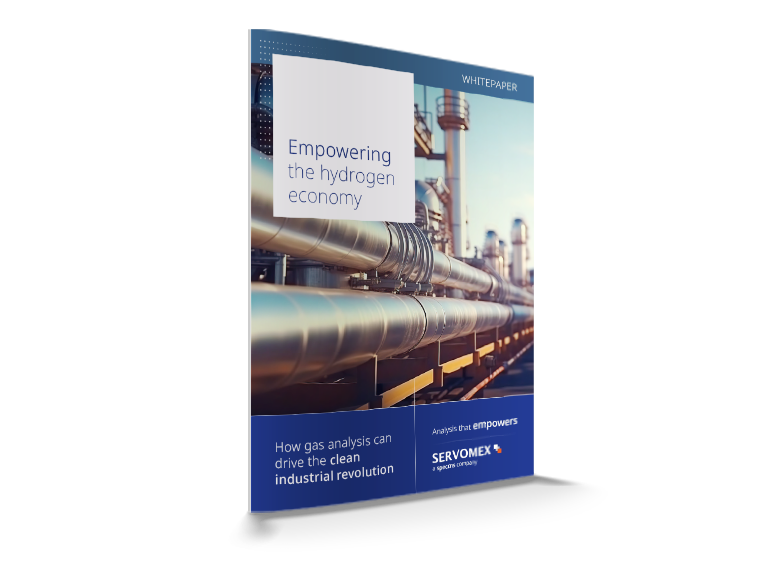Oct-2013
Online cleaning of an integrated distillation unit
Online cleaning technology was validated during a scheduled turnaround at the second largest refinery in Poland.
Mariusz HoÅowacz and RAFAÅ ZAPRAWA, Grupa Lotos
Marcello Ferrara, ITW Technologies
Viewed : 9462
Article Summary
Grupa Lotos is a vertically integrated oil company based in Gdansk, Poland, and is a producer of high-quality fuels, motor and industrial lubricants, bitumen and waxes. Gdansk refinery is the main asset of Grupa Lotos. Located on the Baltic Sea coast, it is a complex oil refinery with an annual processing capacity of 10.5 million tonnes (approximately 210 000 b/d) and is the second largest refinery in Poland. Refinery conversion is achieved by two hydrocracking units, one of them being fed by deasphalted vacuum residue. Other major process units include catalytic hydrotreaters, two catalytic reformers, two hydrogen generation units and a solvent-based lubricants plant.
Grupa Lotos has completed the implementation of a refinery upgrading and modernisation project known as the “10+ Programme”, within which new process units have been built, such as diesel hydrodesulphurisation, mild hydrocracking, ROSE solvent deasphalting, steam reforming, and an atmospheric and vacuum distillation unit. As a result of the completion of this programme, the overall crude distillation capacity in the refinery has reached 10.5 million t/y (210 000 b/d).
The company focuses on improving its operational excellence and carefully evaluates new opportunities to reduce overall operational costs. In this connection, it wanted to validate ITW Online Cleaning technology, in order to take advantage of its benefits both during the run of the units or a scheduled turnaround.
The opportunity to validate was a scheduled turnaround of the CDU/VDU. The validation could therefore include visual inspection of each piece of equipment. The CDU/VDU is a new, integrated crude distillation unit/vacuum distillation unit. This is one of the main units built in the 10+ Programme, with a crude oil capacity of 4.5 million t/y. The unit started up in March 2010 and is designed for processing heavy crude with a high content of naphthenic acids (opportunity crudes).
The CDU/VDU mainly consists of four sections: desalination and stabilisation of crude oil, atmospheric distillation, vacuum distillation and naphtha stabiliser.
Crude oil goes into the desalination section, then goes to the pre-flash and crude tower, where it is separated into lighter and heavier fractions. The lighter fraction is routed to the gasoline stabilisation section, wherein LPG and fuel gas are separated. Heavy and medium fractions are separated into kerosene and diesel fractions: LGO, MGO and HGO. Atmospheric residue is heated in another furnace and goes to the vacuum distillation column, wherein VGO and LVGO are separated. Vacuum gas oils are processed in a hydrocracking plant designed for diesel processing. Heavy residues, such as vacuum residue and the slop wax fraction, are directed to the SDA/ROSE and bitumen unit.
ITW is a service company with an applied research background, which has developed and patented, among other things, a technology for online cleaning production units. This technology transforms sludge and coke-like deposits into a fully reusable product. It has been successfully used for online cleaning of refinery and petrochemical production units. In the case of polymeric fouling, a novel polymer modification chemistry is used to perform online cleaning. Different refinery and petrochemical units have been cleaned online in as little as 24 hours on an oil-to-oil basis.
Advantages of online cleaning
An array of technologies is currently available for solving problems related to equipment cleaning, including ITW’s patented technology for cleaning heat exchangers and process equipment in a closed loop. Equipment can be cleaned online with this technology without having to extract the heat exchanger bundles. This is particularly beneficial in severe applications such as visbreakers and columns with structured packing internals. Crude distillation units (CDUs) and vacuum units have also been successfully cleaned online, as well as many other refinery units. An entire unit can be cleaned in 24 hours. The advantages of online cleaning over hydroblasting include:
• Reduced downtime
• Closed loop operation, without the need for extracting the bundles
• Simultaneously cleaning of multiple units
• No waste generation
• No emissions.
The ITW cleaning method involves the injection of an oil-based chemical that transforms sludge into a fully reusable product, removing any sludge and deposits from metal surfaces. The washing solution can be reutilised/reprocessed because the stabilising properties of the chemical avoid the reaggregation of deposits, eliminating any potential precipitation during storage and/or fouling of process equipment. Moreover, the patented chemicals used in ITW’s method are compatible with hydrocarbon processing and combustion because they:
• Do not contain any metals
• Do not contain any compounds based on P, B, S, As, Bi, Si or Pb
• Do not contain any halogen
• Do not contain any compounds that might be harmful to plant metallurgy
• Do not contain any carcinogenic compounds
• Do not contain any compounds that in operating dosages might interfere with biological waste treatment processes.
After online cleaning, the heat exchangers can be immediately put back on stream without extracting the bundle. However, if visual inspection is to be performed, a clean bundle can be extracted. Hard coke will be dry if it is present, as the technology eliminates all coke binders, and so is friable and easily removed. Any coke left will be in very negligible quantities compared to an alternative cleaning solution.
Current operations
The standard method used by Gdansk Refinery was to drain the unit and steam out the exchangers (and any other equipment) so that the exchanger heads could be removed. At this point, the exchanger bundles were extracted, transported to the washing area and hydroblasted. After hydroblasting, the bundles were transported back to the unit and remounted. For the vacuum and atmospheric towers, coke was removed by mechanical cleaning.
Add your rating:
Current Rating: 3




